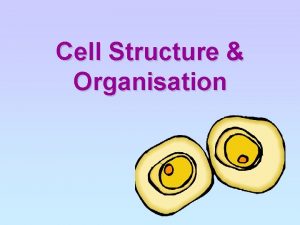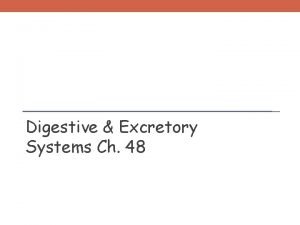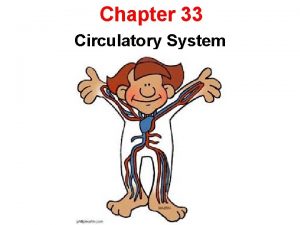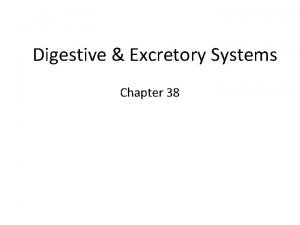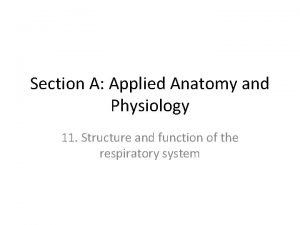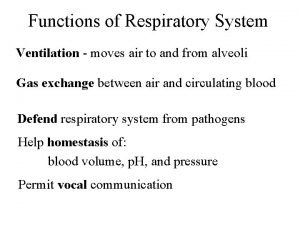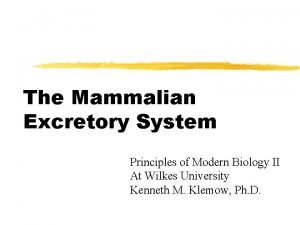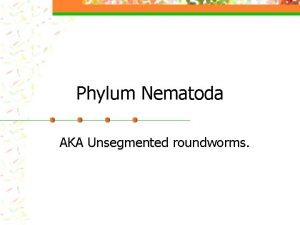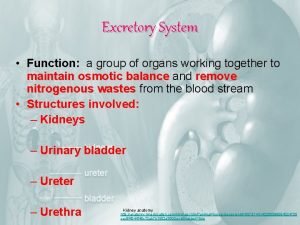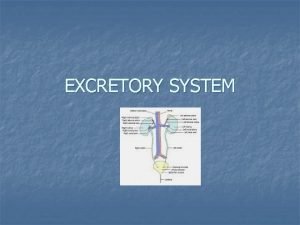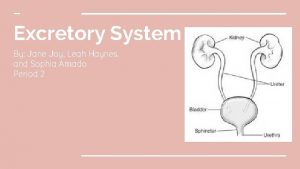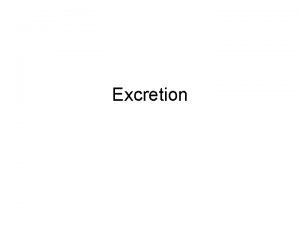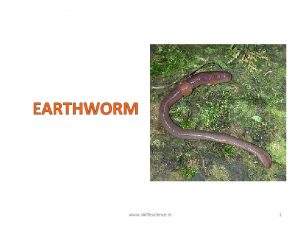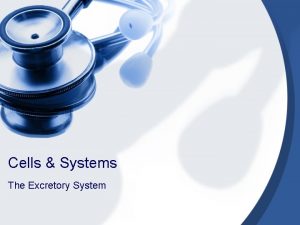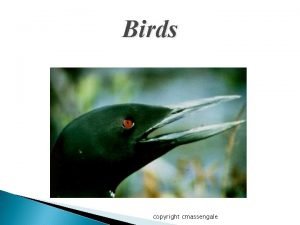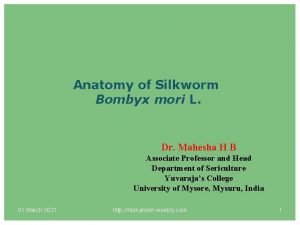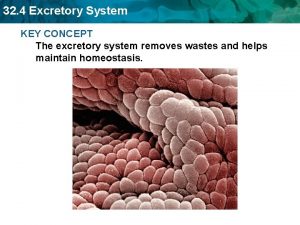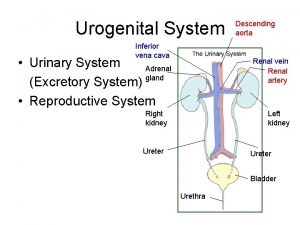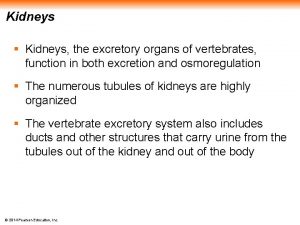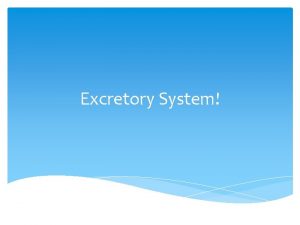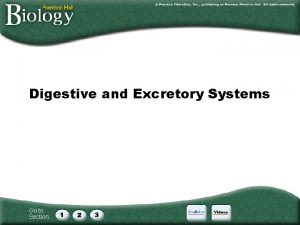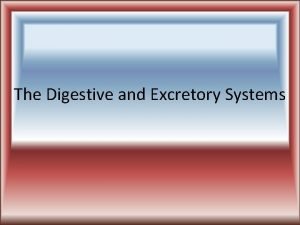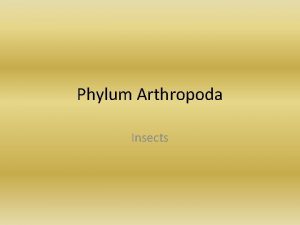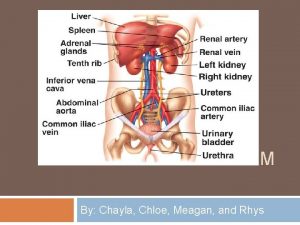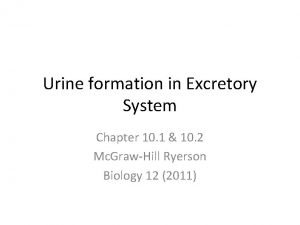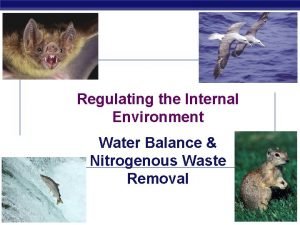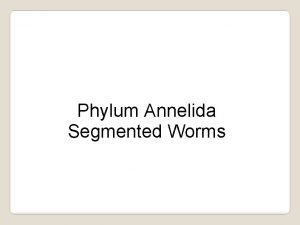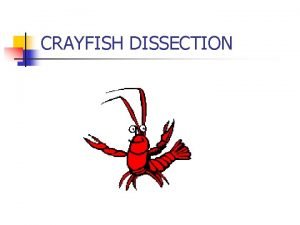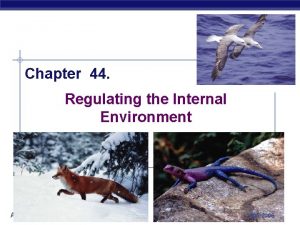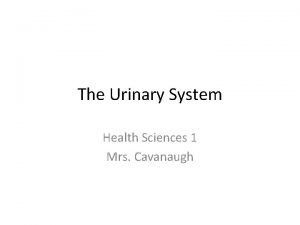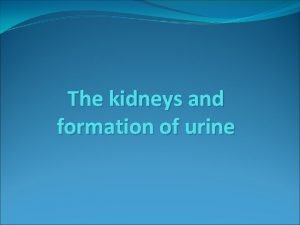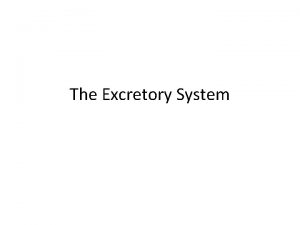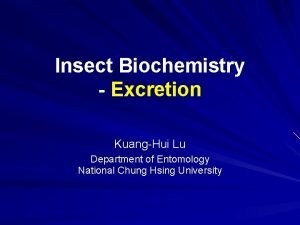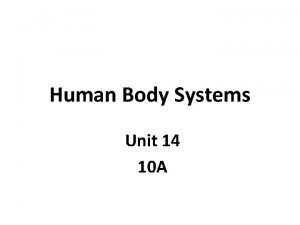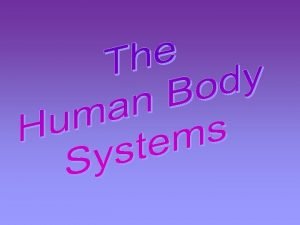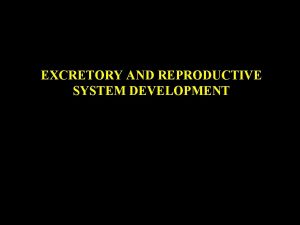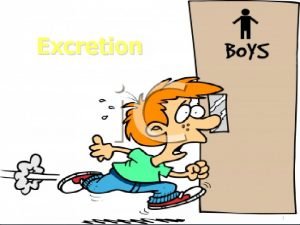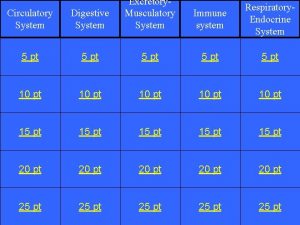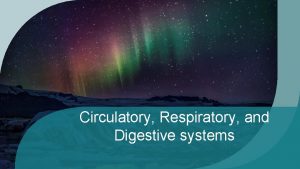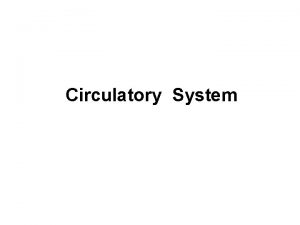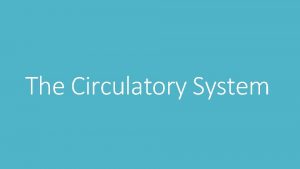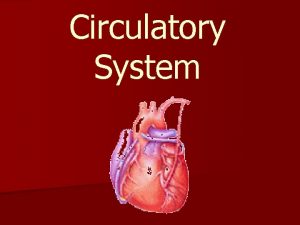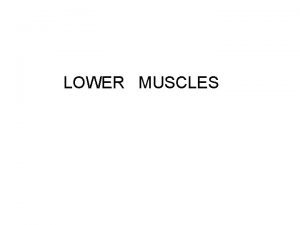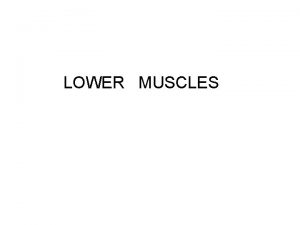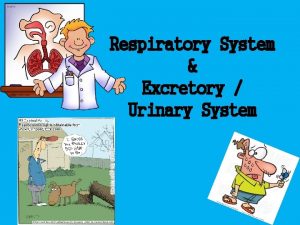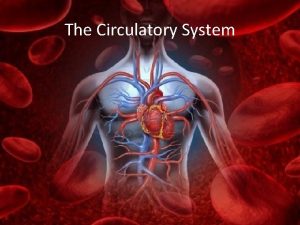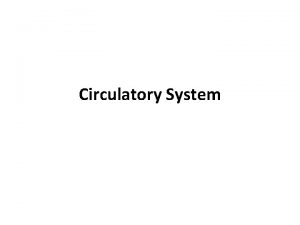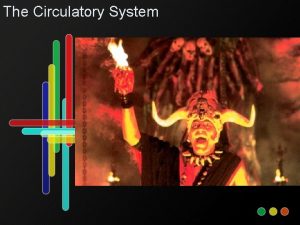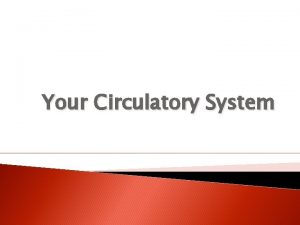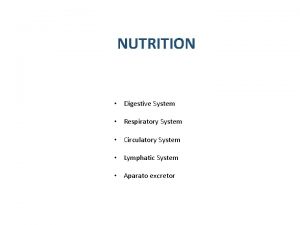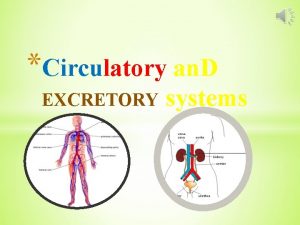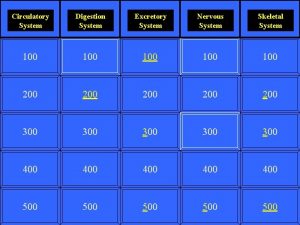Excretory Digestive Respiratory Circulatory Muscles System 100 100



















































- Slides: 51

Excretory Digestive Respiratory Circulatory Muscles System 100 100 100 200 200 200 300 300 300 400 400 400 500 500 500

What are three functions of the Kidney?

1. Remove Wastes 2. Maintain Water Balance 3. Maintain Ion / p. H Balance

Name three components of blood that do not make it past the glomerular filter.

RBC’s, WBC’s, platelets, large proteins

Name three wastes products removed by the Kidney

Ammonia - Urea - Uric Acid - H+

What specific semi-permeable structure acts as a high pressure filter?

The Glomerulus is a high pressure filter

Explain the effect of Antidiuretic Hormone (ADH)

ADH increases water reabsorption

What is peristalsis?

one way muscle contractions of the esophagus.

What are the labs tests used to identify all four nutrients? What change occurs?

Benedicts – reducing sugar test – blue solutions turns orange upon heating Biuret test – protein test – blue solution turns purple in presence of peptide bonds Iodine test – yellow iodine turns black/blue in presence of starches Brown paper turns translucent in the presence of fats

Name two enzymes found in the small intestines. What are their functions?

Pancreatic amylase breaks down carbs Carbohydrases break down disaccharides into monosaccharides Pancreatic proteases (trypsin) breaks down polypeptides into dipeptides Pancreatic lipase breaks down fats into fatty acids

What is the role of the large intestine?

Absorption of water, electrolytes and elimination of digestive waste in the form of feces.

What are three sections of the small intestine?

Duodenum, jejunum, and ileum

What is the role of chemoreceptors?

They detect blood p. H, O 2 and CO 2 levels in the medulla oblongata (brain)

What is the pathway of the respiratory system?

Nose/mouth pharynx epiglottis larynx trachea bronchioles avioli

What are the four stages of respiration?

-Breathing - external respiration -internal respiration -cellular respiration

Describe the movement during inhalation and exhalation, including pressures

Inhalation – active process – diaphragm moves down and ribs up and out lowering air pressure Exhalation – passive process – diaphragm moves up and ribs drop back down raising air pressure

What are the two main requirements for respiration?

Large surface area and a moist environment

Explain the functions of arteries, capillaries, and veins

Arteries – muscular, carry blood away from heart Capillaries – microscopic exchange of materials/gases occurs here Veins – carry blood towards the heart

What is 120 mm / 80 mm

Average blood pressure for an young adult

How is heart rate controlled?

The medulla controls heart rate via the SA node which send the message to the AV node through the bundle of His and then the perkinjie fibers

Identify the blood types. Which is the universal donor? Which is the universal receiver?

A, B, AB, O universal donor: O universal receiver: AB

What is the immune response and what cells are responsible?

Helper T cell identifies pathogen and triggers the cloning of Killer T- cells to destroy and infected body cells, and B-cells to produce antibodies, macrophages present the antigen and clean up the remnants of immunity, Memory cells are formed

What are the two proteins responsible for muscle contraction in the sliding filament theory?

Actin and Myosin

What is a smooth muscle and where is it found?

Non-striated, contract involuntarily, found around internal organs

What is tetanus?

When a muscle is not allowed to relax, reaching maximum intensity, then fatiguing

Why are ATP and calcium required for muscle contraction?

Ca required to cause the actin to change shape exposing active sites and ATP required for the sliding motion/detachment

Describe the sliding filament model of muscle contraction.

Myosin forms cross-bridges on actin and slides actin towards the center pulling the sarcomere towards the center shortening it
 Digestive respiratory and circulatory system
Digestive respiratory and circulatory system 100 100 100 100 100
100 100 100 100 100 Tiny air sacs at the end of the bronchioles
Tiny air sacs at the end of the bronchioles Circulatory system and respiratory system work together
Circulatory system and respiratory system work together Structure of cell
Structure of cell Digestive and excretory system
Digestive and excretory system Conductive zone vs respiratory zone
Conductive zone vs respiratory zone Chapter 33 section 1 the circulatory system
Chapter 33 section 1 the circulatory system Section 38-1 food and nutrition
Section 38-1 food and nutrition Respiratory muscles
Respiratory muscles Respiratory muscles
Respiratory muscles Excretory organ of mammals
Excretory organ of mammals Unsegmented roundworms
Unsegmented roundworms What does the excretory system do
What does the excretory system do What is the function of the excretory system
What is the function of the excretory system Nephron def
Nephron def Jessy gonzalez
Jessy gonzalez Jane joy
Jane joy Section 38-3 the excretory system
Section 38-3 the excretory system Worm reproductive system
Worm reproductive system Pig reproductive anatomy
Pig reproductive anatomy 5 facts about the excretory system
5 facts about the excretory system What is a birds classification
What is a birds classification Nervous system of silkworm
Nervous system of silkworm Process of excretion
Process of excretion Excretory system quizizz
Excretory system quizizz Vena cava function in excretory system
Vena cava function in excretory system Excretory system of vertebrates
Excretory system of vertebrates Excretory system song
Excretory system song 38-2 the process of digestion
38-2 the process of digestion Chapter 20 urinary/excretory system
Chapter 20 urinary/excretory system Digestive system objectives
Digestive system objectives Parainsecta
Parainsecta Excretory system
Excretory system Excretory system
Excretory system Mammalian excretory system
Mammalian excretory system Mammalian excretory system
Mammalian excretory system Trocophore larva
Trocophore larva Crayfish excretory system
Crayfish excretory system Mammalian excretory system
Mammalian excretory system Kidneys are part of the excretory system in a human body
Kidneys are part of the excretory system in a human body Function of nephron in points
Function of nephron in points Excretory system
Excretory system Excretory system of nematodes
Excretory system of nematodes Excretory system of insects
Excretory system of insects Excretory system functions
Excretory system functions Kidneys are part of the excretory system in a human body
Kidneys are part of the excretory system in a human body Excretory and integumentary system
Excretory and integumentary system Excretory system diagram
Excretory system diagram Shark excretion
Shark excretion Excretory and reproductive system
Excretory and reproductive system Aorta vena cava
Aorta vena cava




